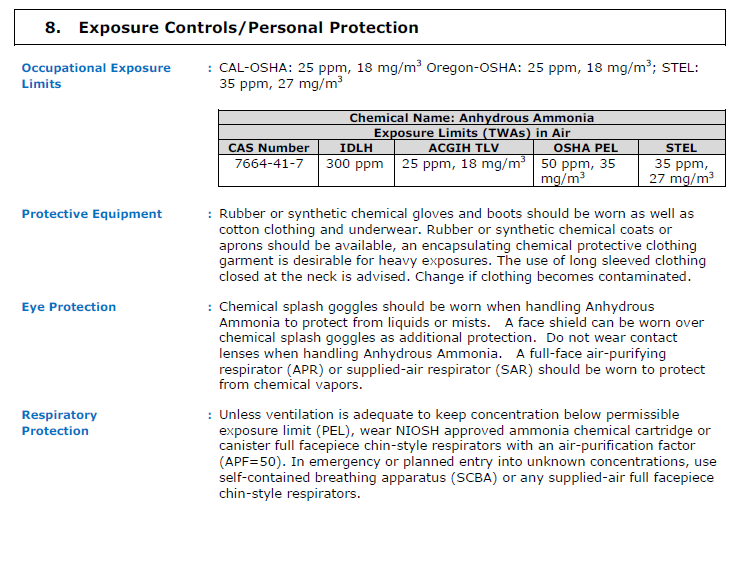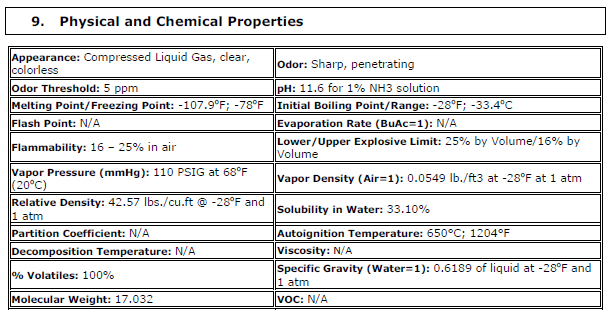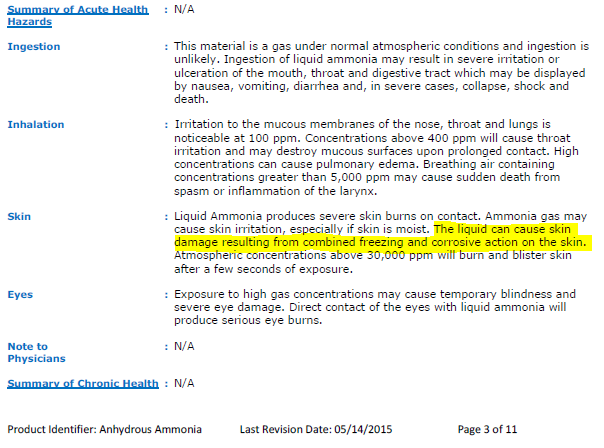PSI Explained: Hazards of the Process
Process Safety Information (PSI) is the foundation of any good Process Safety Management (PSM) program. The technical documentation that is gathered during the development of PSI is critical to every other program element. Without PSI…
- A PHA will lack technical substance
- Equipment-specific employee training cannot not occur
- Maintenance procedures consistent with manufacturer’s recommendations cannot be developed
- An employer cannot demonstrate the equipment complies with recognized and generally accepted good engineering practice (RAGAGEP)
In defining the PSI requirements, the PSM regulation (Title 8 CCR §5189(d) and Title 29 CFR §1910.119(d)) divides PSI into three (3) distinct categories:
- Information Pertaining to the Hazards of the Process
- Information Pertaining to the Technology of the Process
- Information Pertaining to the Process Equipment
Each category has unique prescriptive requirements that must be gathered/developed in order to achieve compliance.
Category 1: Hazards of the Process
Preparing documentation regarding the hazards of a chemical used in a process is relatively easy to complete. A Safety Data Sheet meeting the requirements of Title 8 CCR §5194(g) or Title 19 CFR §1910.1200(g) will suffice for demonstrating compliance with this requirement. Specifically, the following information must be available:
- Toxicity information;
- Permissible exposure limits
- Physical data;
- Corrosivity data;
- Thermal and chemical stability data;
- Reactivity data; and,
- Hazardous effects of incompatible mixtures which could foreseeably occur.
Below, you will see how the Hill Brothers Safety Data Sheet for anhydrous ammonia satisfies each of the seven (7) requirements.
Toxicity Information


Permissible Exposure Limits

Physical Data

Corrosivity Data


Thermal and Chemical Stability Data

Reactivity Data

Hazardous Effects of Incompatible Mixtures


Leave a Reply